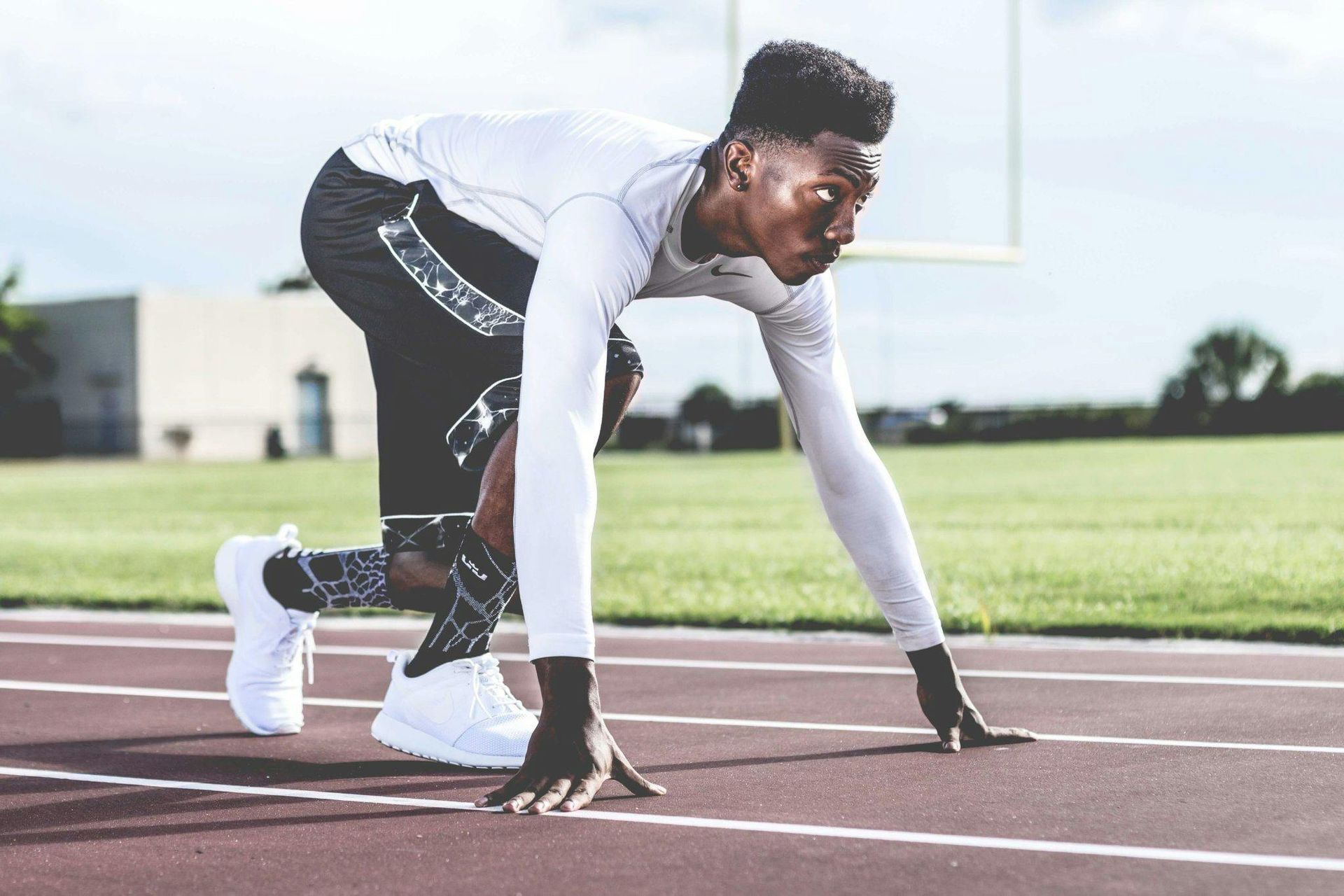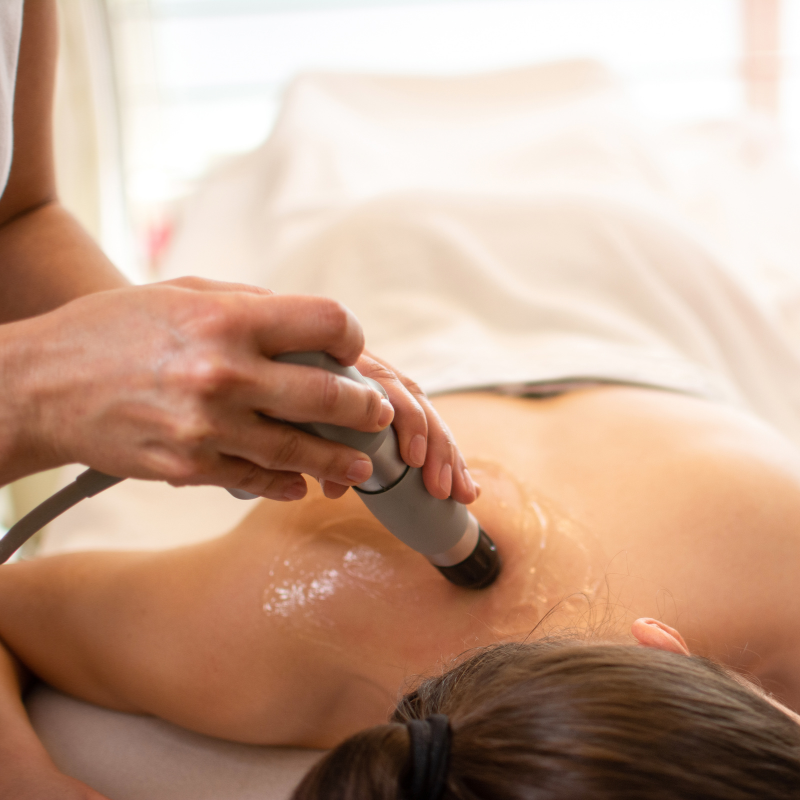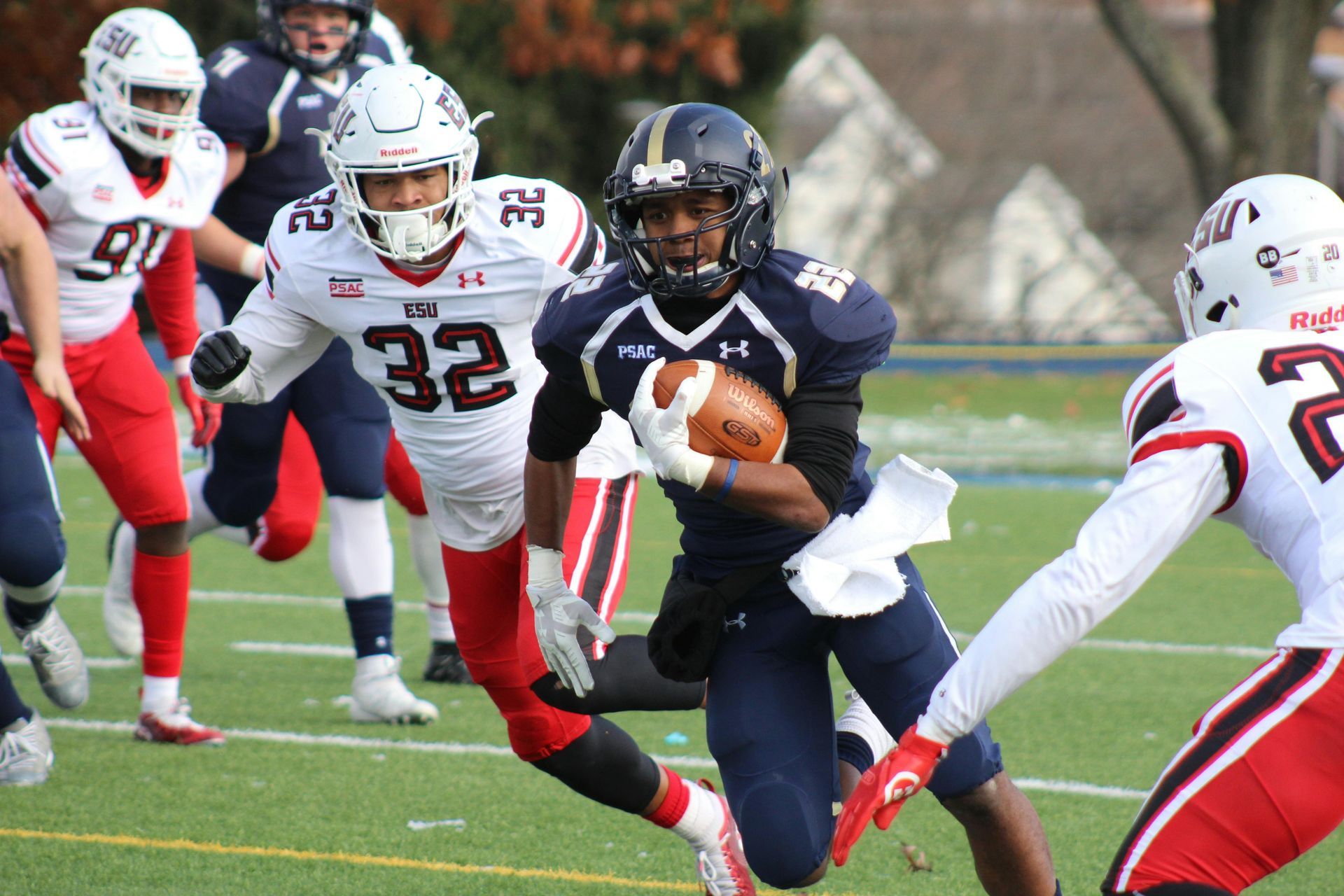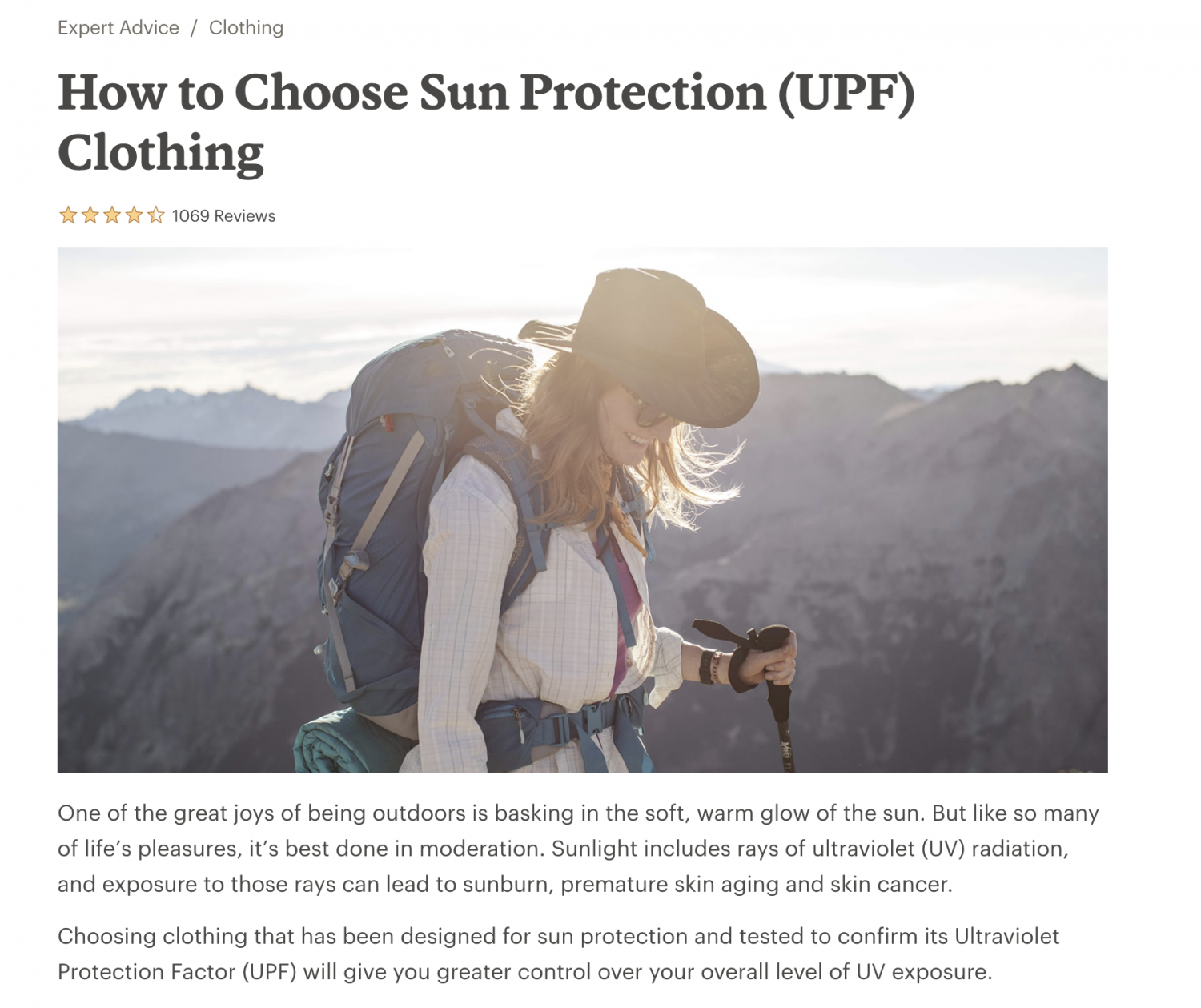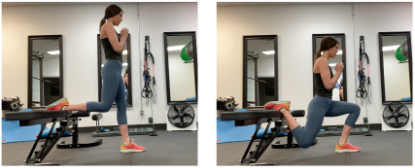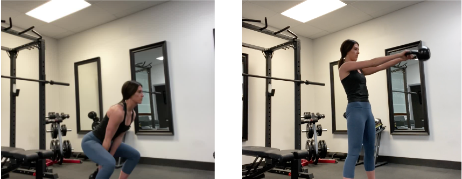How to Improve Your Running Efficiency

Running Gear
It is important to ensure that you have a sturdy pair of running shoes that fit not only your feet but are appropriate for the terrain that you are running on. For treadmill running and road running, wearing a pair of durable running shoes with comfortable heal support is a good place to start. For track running and sprint training, spikes or more curved sole running shoes might be better. For trail running, a sturdy pair of running shoes with more grip and groves on the bottom for added support and stability may be needed. Asics recommends that your running shoes are replaced every 724-885 kilometers. Asics also suggest that if your running shoes don’t have any signs of excessive wear or use, you may be able to wear them slightly longer than the recommended usage without injury.
Furthermore, it is important to take into account the weather before you set out on an outdoor run. Proper attire is essential to avoid over heating or becoming too cold. Ultimately, clothing should offer sun protection, have moisture wicking and quick drying material, and proper insulation/air flow depending on weather. Clothing as such will help keep your body cool and ensure optimal comfort as your internal body temperature increases during the run.
- Warm weather: clothing should help wick away sweat, quick drying, cooling and provide sun protection
- Cool weather: layers that still optimize air flow, gloves, heat protection.
Sun protection is also another key aspect to take into account when running outdoors. Ultraviolet Protection Factor (UPF) apparel offers UV (ultraviolet)A and UVB ray protection and is beneficial for outdoor runs on sunny days. The higher the UPF rating the greater the protection from UVA and UVA B.
Below is a link to an article outlining everything you need to know about sun and UV protection when exercising outdoors:
Proper Running Form
- Make sure that you are staying hydrated before, during and after your exercise. This helps to limit cramping and quicken the healing process after your workout.
- Be prepared and ensure that you are in proper running gear and are prepared for not only the terrain in which you are running on, but also for the climate you will be exercising in.
- Do not do too much too quickly. Plan ahead for your workout and have a progressive running plan.
- Check your posture throughout your run, make sure that your hands and shoulders are relaxed, your hands are resting comfortably at your waist, your strides are at a comfortable distance for you and that you are not landing too hard upon impact.
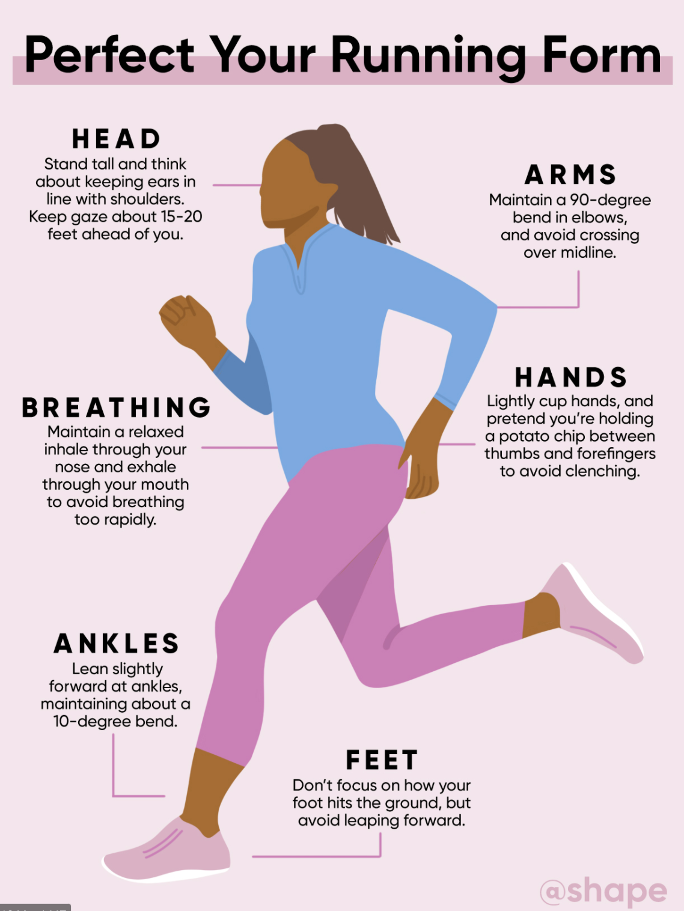

Bracing for Running
Further information associated with BERG bracing can be found under, our services - bracing.
For more information regarding orthotics and bracing or to book an appointment with Ian Gilchrist for this service, please reach out via email at admin@rightmovept.com or by phone (613) 384 3222.


